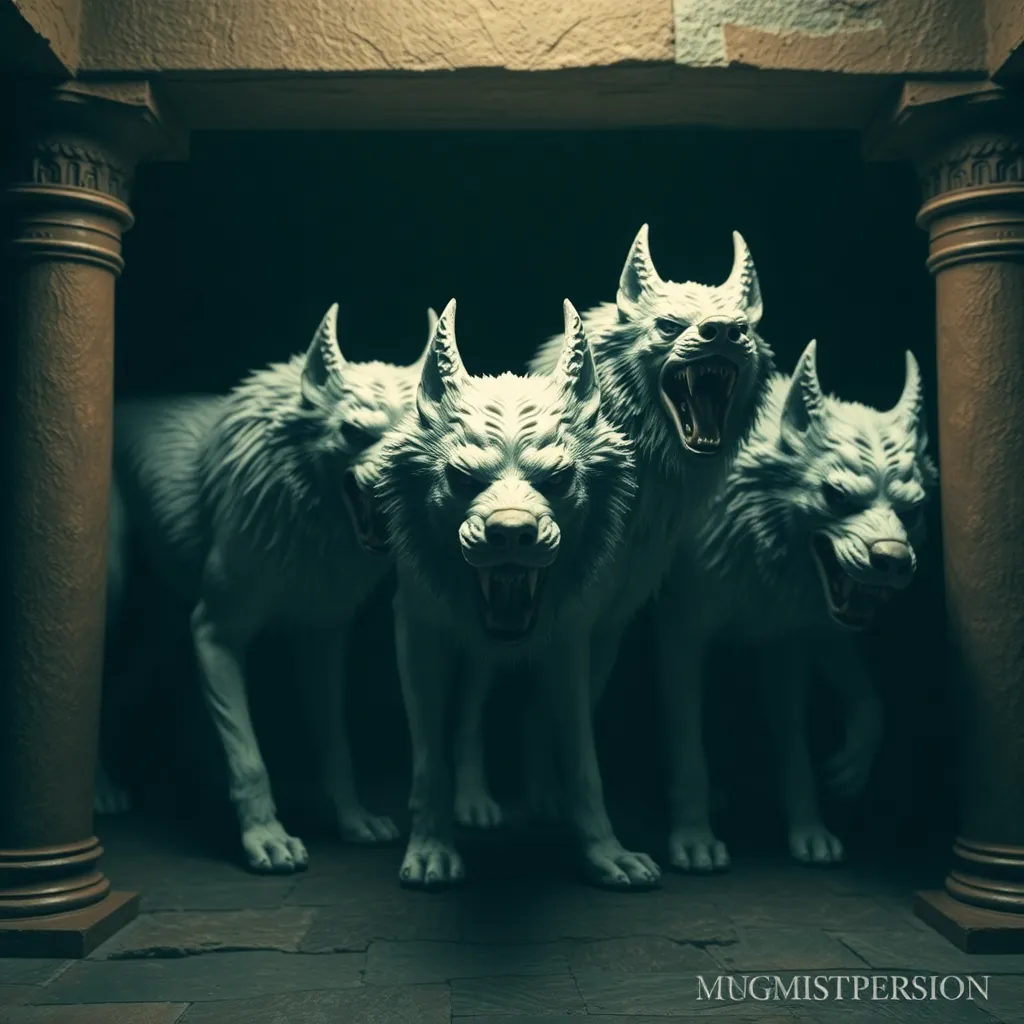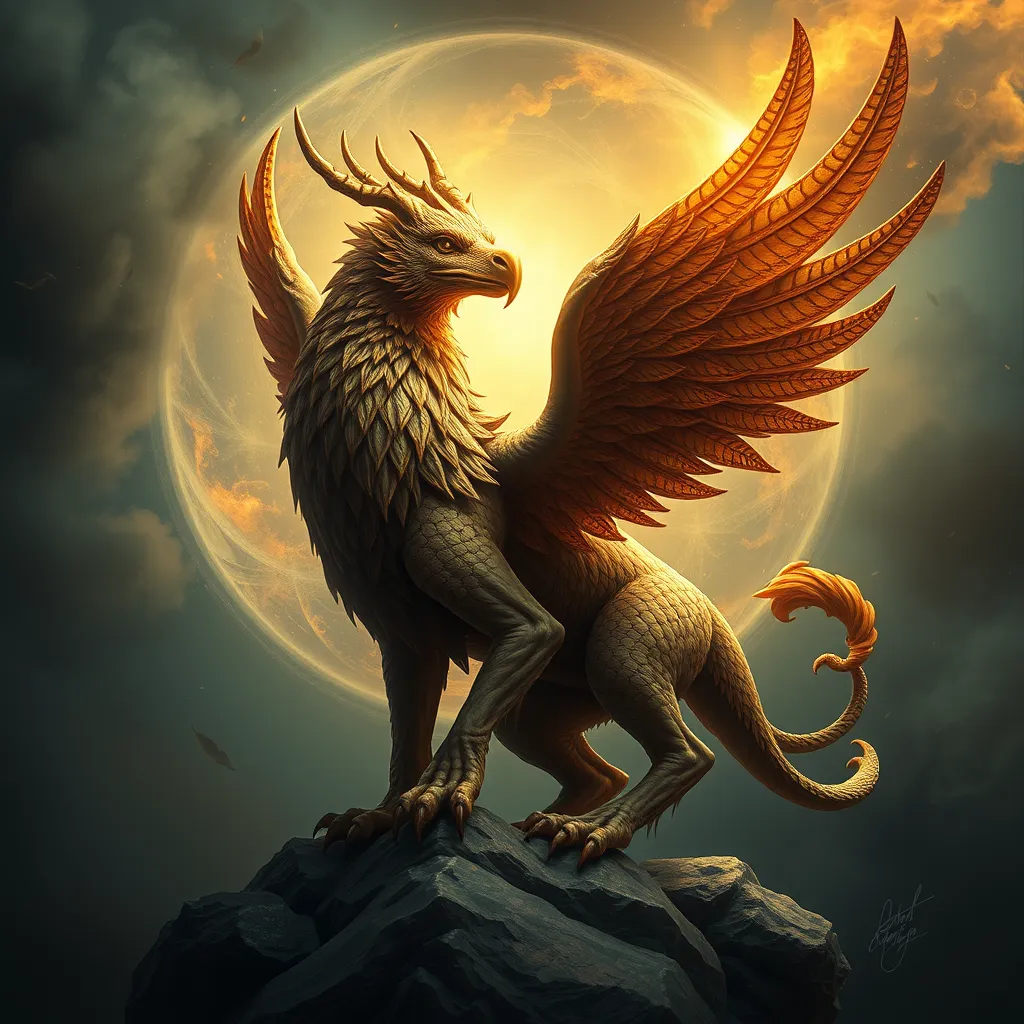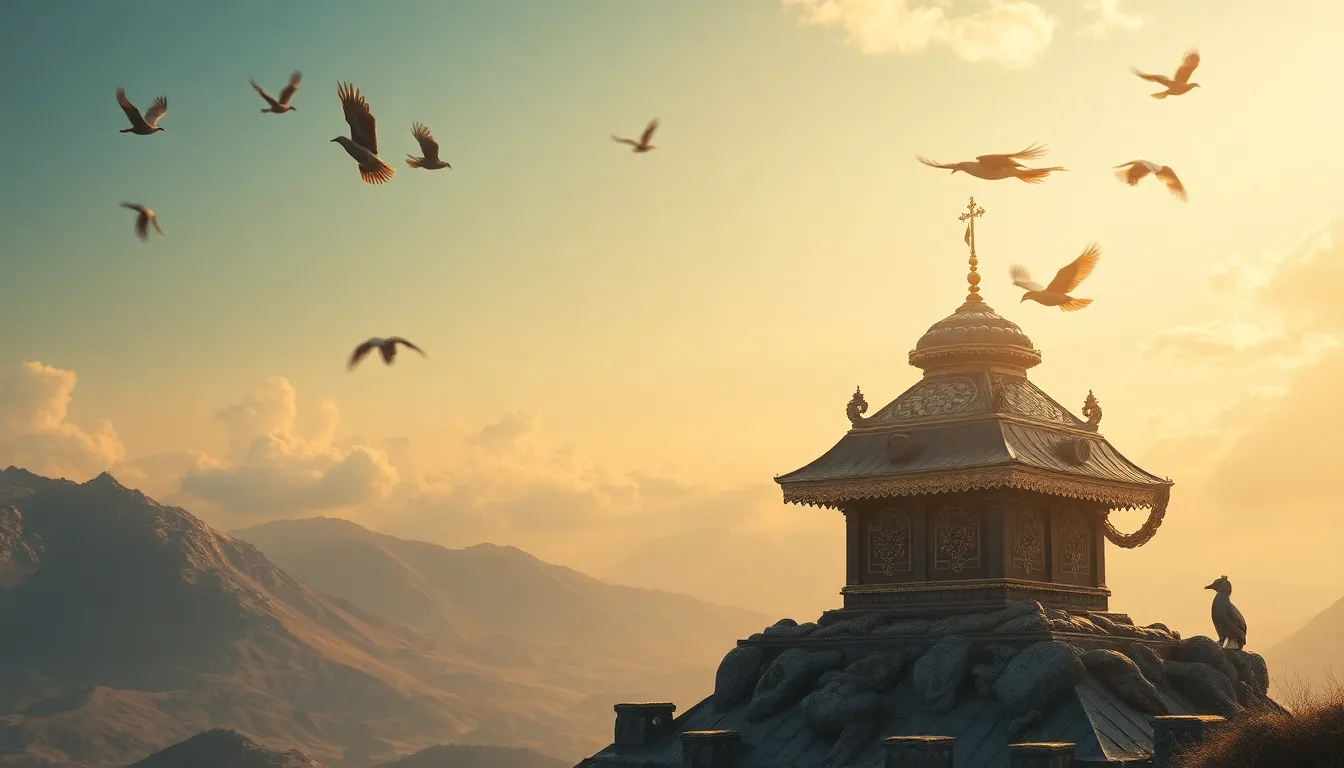The Tengu’s Influence on Literature: Exploring Their Representations in Classic and Modern Works
I. Introduction
In Japanese folklore, the Tengu are mythical creatures often depicted as part bird and part human, known for their supernatural abilities and cunning nature. Traditionally considered protectors of the mountains and practitioners of martial arts, Tengu have captivated the imagination of writers and storytellers for centuries. Their significance in literature extends beyond mere folklore; they embody themes of nature, spirituality, and the complexities of human behavior. This article explores the representations of Tengu in both classic and modern works, examining their evolution and enduring impact on storytelling.
II. Historical Background of Tengu
The origins of Tengu can be traced back to early Japanese mythology, where they were often depicted as spirits of the mountains. Initially, Tengu were seen as malevolent beings, but over time, their image evolved into that of a more complex character with both benevolent and malevolent traits. This transformation reflects the dynamic nature of Japanese culture and its storytelling traditions.
In traditional Japanese society, Tengu held significant cultural importance. They were seen as protectors of the forests and mountains, embodying the spiritual connection between humans and nature. This duality of being both feared and revered illustrates the complex relationship humans have with the natural world.
III. Tengu in Classic Literature
Tengu appear prominently in early Japanese literary works, such as “The Tale of the Heike,” where they are often associated with warriors and supernatural events. In the Edo period, Tengu became a popular subject in various forms of literature, including plays, stories, and poetry.
Common themes and motifs associated with Tengu in classical texts include:
- The struggle between good and evil
- The importance of nature and the supernatural
- The relationship between humans and deities
These themes reflect the societal values and beliefs during the time, illustrating how Tengu served not only as characters but also as cultural symbols.
IV. Tengu in Folklore and Oral Traditions
In Japanese folktales and legends, Tengu often play pivotal roles, serving as mentors or antagonists to heroes and villagers. The stories typically convey moral lessons, warning against hubris or the neglect of nature.
The symbolism of Tengu in these narratives can be understood through the following lenses:
- As guardians of the mountains, Tengu represent the need to respect nature.
- They serve as a reminder of the consequences of pride and arrogance.
- Tengu often embody the duality of human nature, showcasing both wisdom and folly.
The influence of oral traditions has significantly shaped the literary representations of Tengu, providing a rich tapestry of stories that continue to resonate in modern literature.
V. Tengu in Modern Literature
In contemporary novels and stories, Tengu have been reimagined in various ways, often reflecting modern societal issues and cultural shifts. Authors explore the character of Tengu through different genres, including fantasy, horror, and romance.
The representations of Tengu in modern literature can be compared to traditional portrayals in terms of:
- Their role as protectors vs. tricksters
- The exploration of their origins and motivations
- Their interaction with contemporary human experiences
Globalization has further impacted the representation of Tengu, leading to a fusion of Eastern and Western storytelling techniques, and expanding their appeal to international audiences.
VI. Tengu in Popular Culture
Tengu have made significant appearances in modern media, particularly in anime, manga, and video games. They are often portrayed with a blend of traditional characteristics and contemporary traits, appealing to younger generations and fans of fantasy genres.
The transformation of Tengu in modern media can be observed in:
- Their roles as anti-heroes or comic relief
- Incorporation of technology and urban settings in stories
- Adaptation of their abilities and aesthetics to fit modern narratives
Additionally, Tengu have influenced Western interpretations of Japanese folklore, contributing to a broader understanding of these mythical creatures outside of their cultural context.
VII. Thematic Analysis of Tengu Representations
Common themes associated with Tengu representations span across time, highlighting their complexity as characters. Themes such as duality, nature, and spirituality are prevalent in both classic and modern literature.
Notably, Tengu often symbolize:
- Resistance and rebellion against societal norms
- Connections to the spiritual realm and nature
- The exploration of gender roles, particularly in the representation of female Tengu
Female Tengu, while less frequently depicted, present an intriguing aspect of Tengu lore, often embodying wisdom and strength while challenging traditional gender roles.
VIII. Conclusion
The Tengu’s impact on literature is profound, illustrating their evolution from malevolent spirits to complex characters that resonate with human experiences. Their enduring legacy in storytelling highlights the rich cultural tapestry of Japan and its folklore. As literature continues to evolve, the exploration of Tengu in various forms will likely persist, offering new insights and interpretations.
Future research may delve into the intersections of Tengu representations across different cultures, the impact of digital media on their portrayal, and the continual relevance of these mythical beings in contemporary society. The Tengu, as symbols of nature and humanity’s multifaceted identity, remain a captivating subject for exploration in literature and beyond.




